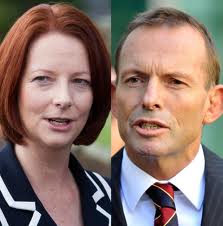Now is The Time to Start Lobbying
While the Prime Minister set a new record for the length of an election campaign, she also opened a long innings for business and other organisations to influence the way political policies are being developed for the electorate.
Business now has the opportunity move within a defined timeframe bounded by dates, and the important one being 14 September.
If business and community organisations want to make the difference they will need to get into the political parties themselves and those behind the scenes who are now feverously developing policies to take to the electorate.
The Liberal Party has already provided a broad approach to what it is seeking to do in government. But there is a lot of detailed work yet to be developed before the voters get a clear picture on what they will be voting come election day.
The core to any lobbying strategy now must be one of ‘structured, election-focused engagement’.
Organisations must look at what they want and how this can be made appealing to the voter, or make a significant change to an industry, research, development etc. They also need to understand the difference between lobbying and influencing the parties, the cultural factors and the power of certain individuals exercising policy research.
They also must focus on how they are going to influence key backroom party members – those setting the policies – along with the politicians themselves, including new members, especially those in marginal seats. It is important to remember that at least 13 current members of parliament will not be standing for the next election.
To achieve a satisfactory outcome, industry must have a combination of well developed understand of party politics, top priorities that appeal to the broader public (i.e. catches a vote) and then drill this down to a communication campaign that embraces the ‘foot work’. This is were the real work is done, selling the importance of your initiative through face-to-face meetings, media exposure, champions to your cause (i.e. third parties) and letters of support from industry and community groups. In addition, their ‘story’ needs to have a impact at a local level as much as at a macro economic level.
The outcome of the selling is to seek letters of commitment on key issues at national, state and territory branch levels. Although arguments are often mounted that politicians go back on their word on certain issues when they are in government (e.g. Julia Gillard with carbon tax), there is sufficient historical evidence that holding politicians accountable to their commitments far outweighs the alternative.




